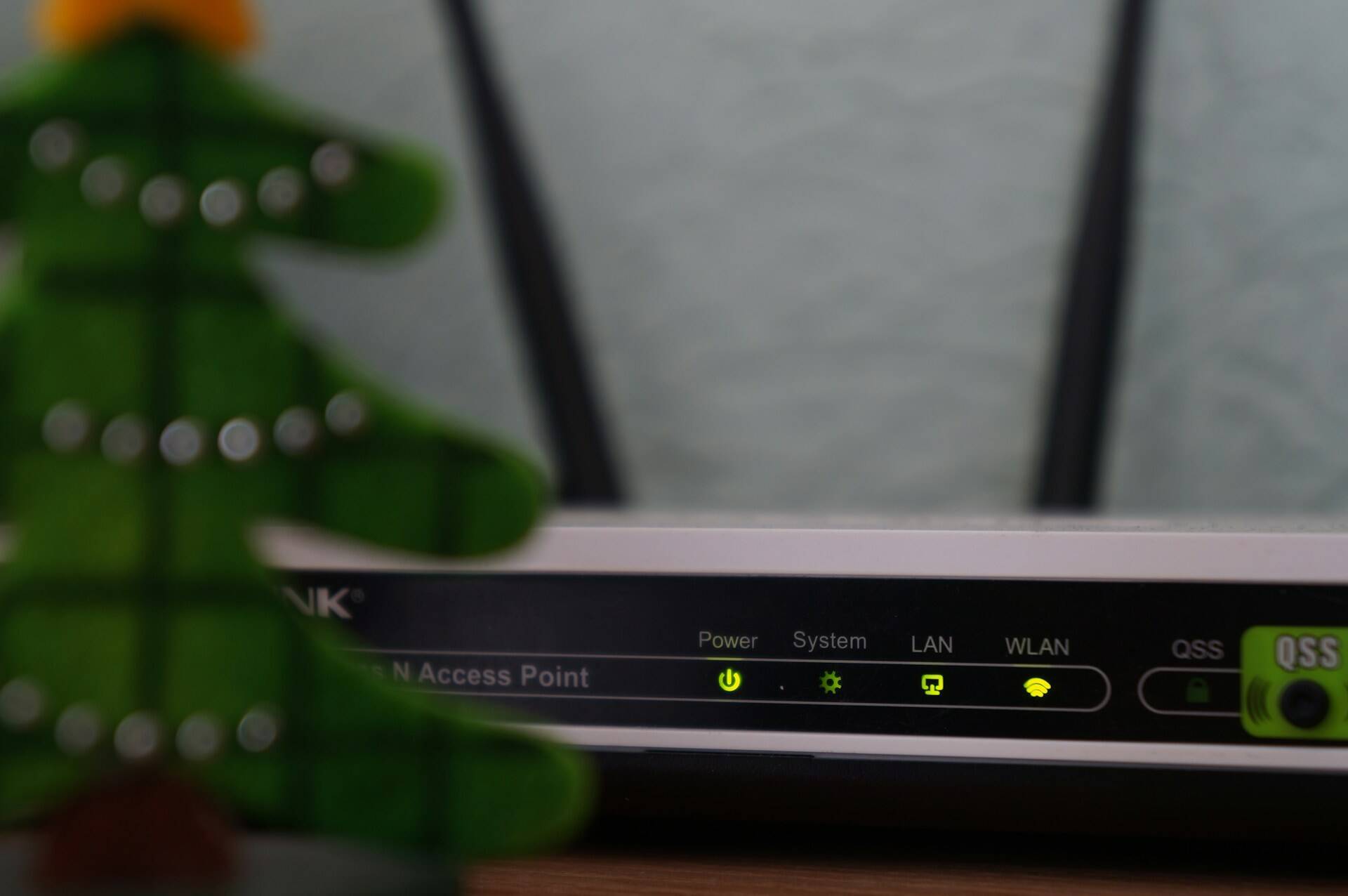Using real-time data analysis to counter cyber threats
Data security has become a top priority, given the increasingly digital world in which businesses operate. Sophisticated cyberattacks can wreak major havoc on a company, causing financial and reputation damage.
Real-time data analysis has emerged as a key solution for detecting and countering these threats with a proactive approach. In this article, we’ll explain the importance of this approach, the technologies it uses, and the key steps for successful implementation.
Understanding cyber threats and the importance of data
In the modern world, where the digitalisation of business processes impacts every sector, cyber threats represent a serious challenge for businesses. Understanding these threats and the importance of data in cybersecurity is essential to create efficient defence strategies.
Cyberthreat typology: How to identify the different types of cyberthreat
Cyber threats can come in diverse forms, each one presenting its own specific risks for businesses. In general, there are three main types:
- Malware is the most common type of cyber threat and includes viruses, computer worms, and Trojan horses, all designed to damage or disrupt systems.
- Ransomware is a sub-category of malware, and they encrypt an organisation’s data and then, as their name suggests, hold it for ransom, only decrypting it upon payment of the demanded sum.
- Phishing is another threat frequently encountered in the digital world, using social engineering techniques to deceive employees and obtain sensitive information, such as sign-in credentials.
However, cyberattacks are becoming increasingly sophisticated, making their detection and prevention particularly complex.
These attacks use advanced methods, such as zero-day attacks, which pounce on unpublished vulnerabilities that software developers aren’t unaware of and haven’t been corrected. Cybercriminals’ increased use of artificial intelligence and machine learning also means they can create more targeted attacks that are more apt to evade detection. In parallel, internal threats (voluntary or not) that generally originate from negligent employees also represent a major danger.
Potential impacts on businesses
The consequences of cyberattacks for companies can be devastating. In addition to direct financial losses caused by data theft or ransom payments, businesses can also face interruptions in their business operations that come at a high price and repercussions for their brand image and reputation.
Clients’ and partners’ trust can waiver, and prospects may be scared away, leading to a loss of market shares. Regulatory obligations and legal sanctions can also entail significant additional costs.
Role of data in detecting and preventing threats.
Collecting and analysing data from diverse sources is essential for efficiently and effectively detecting cyber threats. Security logs, alerts generated by intrusion detection systems (IDS), traffic network information, and internal incident reports are just some of the key sources for this data.
When analysed in real-time, this data allows you to react to emerging threats swiftly and minimise their impact.
Real-time data analysis: technologies and advantages
Real-time data analysis is crucial in any efficient blocking of the cyber threats businesses face. Enabling instant detection and reaction to security incidents constitutes a must-have layer of protection for companies.
A definition of real-time data analysis
Real-time data analysis consists of analysing and interpreting data simultaneously as it is generated. Unlike retrospective studies, which examine previously collected data, real-time analysis aims to identify threats to minimise any potential damage immediately. This capacity to analyse continuous data flows means businesses can swiftly respond to cyberattacks, reducing detection and reaction delays.
Which technologies are used?
There are multiple technologies and tools available to facilitate real-time data analysis.
Security information and event management (SIEM) systems are the most commonly used. These systems collect and analyse event logs from various security systems to detect any abnormal behaviours.
Intrusion detection and prevention systems (IDS/IPS) monitor network traffic to identify and block attacks in real-time.
Artificial intelligence and machine learning also play critical roles. They can learn data models to predict and identify potential threats.
Advantages of real-time analysis
One of the main advantages of real-time data analysis is its proactive threat detection. Instead of waiting for an attack to be reported once its consequences have been noticed, companies can identify the precursor signs and take action before the damage can be done. This considerably reduces incident response time, which is essential for limiting impacts.
Plus, real-time analysis also enhances visibility over network activity. It allows companies to monitor their digital environment constantly, giving them in-depth insights into normal and abnormal behaviours.
Implementing real-time data analysis and its challenges
Implementing real-time data analysis is essential to reinforcing business cybersecurity. However, it comprises multiple steps and comes with its own challenges that need to be anticipated to ensure its implementation is efficient and successful.
Key steps for implementing a real-time analysis solution
-
Accurately assess the company’s specific needs
The first step consists of assessing the company’s specific cybersecurity needs.
This assessment allows for the determination of the types of data to be collected and the sources of this data, whether from security logs, network traffic, or application alerts.
-
Select the right technologies
Next, choosing the right tools and technologies for your specific context is essential. Security information and event management (SIEM) systems, intrusion detection and prevention systems (IDS/IDP), and solutions driven by artificial intelligence are all commonly used. Your selection should be based on capacities for integrating existing infrastructure, accounting for often standardised data formats, and ease of use.
-
Deploy the solution
The deployment phase involves the installation and configuration of the selected tools. It’s essential to define rules and thresholds for threat detection adapted to the business’ particularities to avoid false positives or negatives.
Once the systems are in place, thorough testing is necessary to ensure that they are effective and running efficiently.
-
Use and supervision
Lastly, tools and alerts are escalated by a dedicated, trained team based on standardised procedures and processes.
Any countermeasures identified should be implemented when suspicious elements are detected and when alerts are flagged.
Good practices and recommendations
To maximise the efficiency of real-time data analysis, it is recommended that you follow certain good practices.
Continuous employee cybersecurity training is essential for guaranteeing optimal tool use. Plus, IT security teams need to collaborate with the other departments in the business to ensure prompt detection and swift responses.
Automating detection and response processes can also enhance their efficiency. For example, using scripts to react to specific alerts automatically can reduce response times and free up human resources for more complex tasks.
Lastly, businesses must adopt a proactive approach. Key strategies include continuously improving systems, adjusting detection rules, and investing in regular training.
Seeking support from expert external teams is also a strategy that delivers enormous benefits for businesses, particularly when launching and maintaining threat detection systems. If you want to unlock these benefits for your company, digital security specialist Apside is on hand to offer the services of its cybersecurity experts. Get in touch to find out more.
Potential challenges: false positives, complex tools, certain skill requirements
Despite its numerous advantages, real-time data analysis doesn’t come without its challenges. As preparation is key, it’s always best to understand these challenges so that you can optimally address them.
False positives, alerts that flag threats that don’t exist, can overwhelm security teams and reduce their efficiency. To overcome this issue, your detection thresholds must be correctly calibrated, and event correlation rules must be refined.
The complexity of cybersecurity tools can also present an obstacle. For example, SIEM solutions often require a certain degree of technical expertise for their set-up and management. So, it’s essential to have a competent cybersecurity trainer that receives continuous training.
Implementing a real-time analysis solution can represent a significant financial investment for a company.
However, this investment is often well worth the expense, as it reduces risks and avoids cyberattacks’ potentially devastating financial impacts. The return on investment can be seen through reduced security incidents, improved regulatory compliance, and heightened protection for sensitive data.
Conclusion
Real-time data analysis has become a key pillar of modern cybersecurity.
Enabling proactive detection and swift responses to cyber threats offers companies reinforced protection against sophisticated attacks.
Although its implementation isn’t without its challenges, particularly in terms of tool complexity and handling false positives, its advantages regarding risk reduction and sensitive asset protection are undeniable.
Businesses should invest in the right technologies, continually train their staff, and adopt continuous improvement strategies to maximise the efficiency of their security systems.
By incorporating real-time data analysis into their cybersecurity strategies, businesses can not only better defend themselves against modern cyber threats but also anticipate and prepare for future challenges in a constantly evolving digital world.










